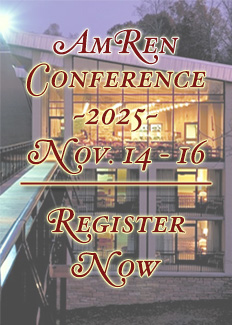India-Born American Battles Visa Program
Philip Read, Newhouse News Service, September 25, 2006
Sona Shah didn’t need flow charts or fancy diagrams to make her point during a U.S. Senate subcommittee briefing earlier this year.
She just needed her cell phone.
First, she dialed the number listed in a “Help Wanted” ad for a computer programmer. Then she let everyone listen to the ensuing conversation.
“I said, ‘Hi. I’m an American citizen. I’m looking for a job,”’ Shah recalled. “They said, ‘No, that job’s been set aside for an H-1B employee.”’
The staffers at the legislative briefing were stunned. “There were audible gasps,” Shah said.
That is the kind of tactic the 34-year-old Montclair, N.J., woman has used in her crusade to reform the H-1B visa classification, which she says U.S. employers have used to turn Indian immigrants into underpaid indentured servants — and to deny American citizens jobs.
“You have to stand up for the rights of both sets of workers as long as there’s this degradation,” said Shah, who was born in India but raised in the United States. “We love India. We want to see India prosper, but we don’t want to see it happen at the expense of the American middle class.”
Supporters of the visa program say it is people like Shah who stand in the way of progress, denying American universities, high-tech companies and others the best brains needed to keep the U.S. economy humming.
H-1B is reserved for temporary workers who come into the country to fill specialty occupations at the request of a U.S. employer, with about half of the 65,000 visas issued annually going to people in the computer industry.
“There are an estimated 10 million people in the domestic IT work force,” said Jeff Lande, senior vice president of the Information Technology Association of America. “So maybe 30,000 of those come from H1-B. It’s a drop in the bucket.”
Shah is not alone in her criticism, however, and has joined what has become a key battle in the nation’s immigration wars over the past decade.
{snip}
The debate over highly skilled foreign workers exploded in the 1990s, with big business successfully lobbying Congress to increase the number of visas granted each year to a high of 195,000. The increases fueled the rapid growth of information technology, but the numbers crept back down after the high-tech bubble burst in 2000.
The computer industry has argued it desperately needs to import workers to keep pace with other countries challenging its high-tech dominance.
But critics say the flood of foreign workers drives down salaries, turns foreign workers into indentured servants and puts Americans out of work. Pascrell said many of his congressional colleagues have ignored his calls for reform, and he has a hunch why.
“Follow the money,” Pascrell said. “They’re going to wheel and deal. And who’s going to get hurt? The American worker.”
Shah says she was one of them — a well-educated American citizen whose job was outsourced to a foreign worker here on a visa.
{snip}
Shah, meanwhile, has taken her case to Capitol Hill, where she has become a one-woman show. She carries a hefty legal folder, its accordion-like sides fully extended to fit a stack of documents, and a collection of business cards she’s collected from legislative staffers as she makes the rounds, telling her story to anyone who will listen.
{snip}
















